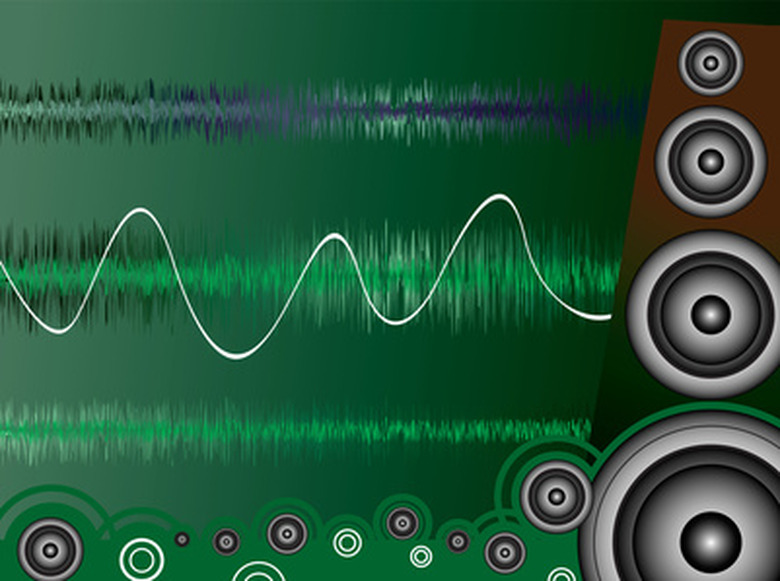How To Calculate Oscillation Frequency
Oscillation is a type of periodic motion. A motion is said to be periodic if it repeats itself after regular intervals of time, like the motion of a sewing machine needle, motion of the prongs of a tuning fork, and a body suspended from a spring. If a particle moves back and forth along the same path, its motion is said to be oscillatory or vibratory, and the frequency of this motion is one of its most important physical characteristics.
The displacement of a particle performing a periodic motion can be expressed in terms of sine and cosine functions. As these functions are called harmonic functions, periodic motion is also known as harmonic motion.
What is Simple Harmonic Motion?
What is Simple Harmonic Motion?
Among all types of oscillations, the simple harmonic motion (SHM) is the most important type. In SHM, a force of varying magnitude and direction acts on particle. It is important to note that SHM has important applications not just in mechanics, but also in optics, sound, and atomic physics.
A body is said to perform a linear simple harmonic motion if
1. It moves to and fro periodically along a straight line. 2. Its acceleration is always directed towards its mean position. 3. The magnitude of its acceleration is proportional to the magnitude of its displacement from the mean position.
The equation:
\(F=-Kx\)
is used to define a linear simple harmonic motion (SHM), wherein F is the magnitude of the restoring force; x is the small displacement from the mean position; and K is the force constant. The negative sign indicates that the direction of force is opposite to the direction of displacement.
Some examples of simple harmonic motion are the motion of a simple pendulum for small swings and a vibrating magnet in a uniform magnetic induction.
What is the Oscillation Amplitude?
What is the Oscillation Amplitude?
Consider a particle performing an oscillation along the path QOR with O as the mean position and Q and R as its extreme positions on either side of O. Suppose that at a given instant of the oscillation, the particle is at P. The distance traveled by the particle from its mean position is called its displacement (x) i.e. OP = x.
The displacement is always measured from the mean position, whatever may be the starting point. For example, even if the particle travels from R to P, the displacement still remains x.
The **amplitude (A) of the oscillation** is defined as the maximum displacement (xmax) of the particle on either side of its mean position, i.e., A = OQ = OR. A is always taken as positive, and so the amplitude of oscillation formula is just the magnitude of the displacement from the mean position. The distance QR = 2A is called the path length or extent of oscillation or total path of the oscillating particle.
Formula of the Frequency of Oscillation
Formula of the Frequency of Oscillation
The period (T) of the oscillation is defined as the time taken by the particle to complete one oscillation. After time T, the particle passes through the same position in the same direction.
The frequency of oscillation definition is simply the number of oscillations performed by the particle in one second.
In T seconds, the particle completes one oscillation.
Therefore, the number of oscillations in one second, i.e. it's frequency f, is:
\(f=\frac{1}{T}\)
The oscillation frequency is measured in cycles per second or Hertz.
Type of Oscillation Frequency
Type of Oscillation Frequency
The human ear is sensitive to frequencies lying between 20 Hz and 20,000 Hz, and frequencies in this range are called sonic or audible frequencies. The frequencies above the range of human hearing are called ultrasonic frequencies, while the frequencies which are below the audible range are called infrasonic frequencies. Another very familiar term in this context is "supersonic." If a body travels faster than the speed of sound, it is said to travel at supersonic speeds.
Frequencies of radiowaves (an oscillating electromagnetic wave) are expressed in kilohertz or megahertz, while visible light has frequencies in the range of hundreds of terrahertz.
References
Cite This Article
MLA
Tauro, Lavinia. "How To Calculate Oscillation Frequency" sciencing.com, https://www.sciencing.com/calculate-oscillation-frequency-7504417/. 16 December 2020.
APA
Tauro, Lavinia. (2020, December 16). How To Calculate Oscillation Frequency. sciencing.com. Retrieved from https://www.sciencing.com/calculate-oscillation-frequency-7504417/
Chicago
Tauro, Lavinia. How To Calculate Oscillation Frequency last modified March 24, 2022. https://www.sciencing.com/calculate-oscillation-frequency-7504417/
